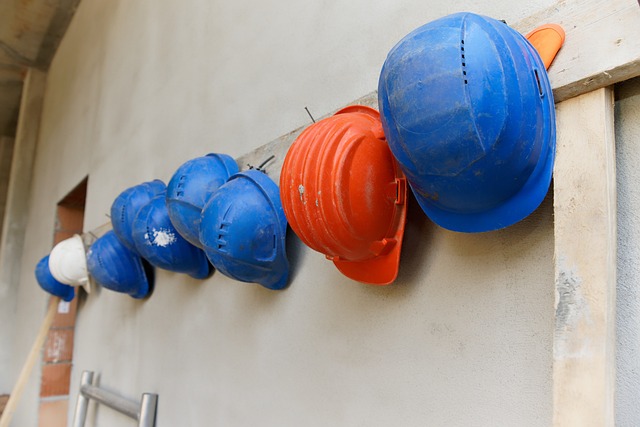
There are approximately 212,000 highway-rail grade crossings in the United States. Many of these crossings have only passive protections. This means that there are no flashing lights and gates that come down to stop traffic from entering the crossing when a train is approaching. Generally, a train traveling 55 miles per hour will take a mile or more to stop.
Railroad workers are often injured in crossing accidents that are entirely preventable. Whether a truck tried to beat the train to make their deliveries, weeds and plants were allowed to grow to a point of obstructing the view of the tracks for motorists, or lighting conditions that make the crossing hard to identify to drivers, most of these accidents are caused by negligence.
Railroad workers who are injured in a crossing accident are able to pursue claims against all negligent parties – including the railroad company itself. Some of the possible negligence can arise from:
- Crossing maintenance – where a vehicle gets stuck on the track during an attempt to cross;
- Vegetation management – where weeds or brush are allowed to grow to a point of obstructing the view of the crossing for motorists;
- Motorist negligence – when a car or truck driver misjudges the train’s speed and attempts to cross in front of an approaching train, or when a driver fails to observe the crossing due to distraction or simply poor driving;
- Inadequate crossing protection – where the crossing should have more protection (such as flashing lights and gates) than a stop sign and crossbucks. This is often the case when the crossing is a notoriously bad crossing, with multiple accidents and near-misses.
An experienced railroad injury attorney can find the negligent parties, whether it’s the railroad employer under the Federal Employers’ Liability Act (FELA), a driver for violations of the vehicle and traffic laws (or commercial motor vehicle regulations), or a trucking company or industry for general negligence. Most often there are multiple negligent parties in a crossing collision where the railroad worker gets injured. Contact our office today for a free consultation on your crossing case.





